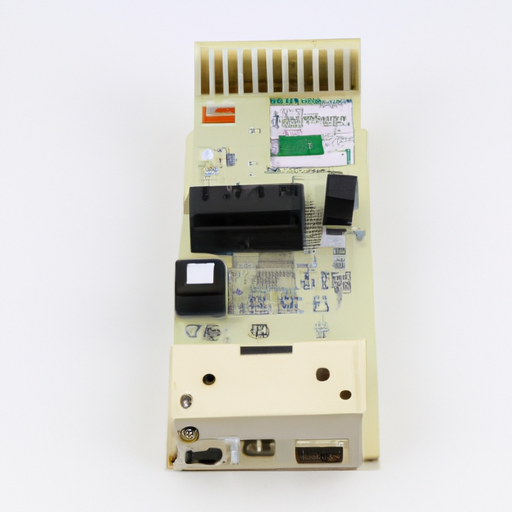Overview of CFR-25JB-52-120R Analog and Digital Output Technologies
The CFR-25JB-52-120R is a versatile device that integrates both analog and digital output capabilities, making it suitable for a wide range of applications. Below, we delve into the core functional technologies associated with analog and digital outputs, along with illustrative application development cases that highlight their effectiveness.
Core Functional Technologies
1. Analog Output
- **Definition:** Analog output generates a continuous signal that can represent a range of values, allowing for nuanced control and measurement.
- **Common Types:**
- **Voltage Output:** Typically ranges from 0-10V, used for controlling devices like motors and actuators.
- **Current Output:** Commonly 4-20mA, often used in industrial applications for sensor data transmission.
- **Applications:**
- **Control Systems:** Used in applications requiring variable control, such as motor speed or valve position.
- **Signal Conditioning:** Essential for processing data from sensors that provide continuous readings.
- **Advantages:**
- High resolution and precision, making it ideal for applications requiring fine control.
- Simplicity in interfacing with various analog devices.
2. Digital Output
- **Definition:** Digital output produces discrete signals that represent binary states (0 or 1), facilitating clear communication and control.
- **Common Types:**
- **TTL (Transistor-Transistor Logic):** Used for short-distance communication and control.
- **Communication Protocols:** RS-232 and RS-485 for robust data transmission over longer distances.
- **Applications:**
- **On/Off Control:** Used in relays, solenoids, and other binary control devices.
- **Data Communication:** Essential for transmitting data to microcontrollers and other digital systems.
- **Advantages:**
- High noise immunity, making it reliable for long-distance communication.
- Easier integration with modern digital systems, enhancing overall system functionality.
Application Development Cases
1. Industrial Automation
- **Scenario:** A manufacturing facility employs the CFR-25JB-52-120R to manage conveyor systems and robotic arms.
- **Analog Output Use:** The device provides a continuous voltage signal to adjust motor speeds based on real-time production demands, enhancing efficiency.
- **Digital Output Use:** It sends digital commands to activate or deactivate machinery based on sensor feedback, optimizing operational workflows.
2. Environmental Monitoring
- **Scenario:** A smart environmental monitoring system utilizes the CFR-25JB-52-120R to gather data from various environmental sensors.
- **Analog Output Use:** Sensors measuring parameters like temperature and humidity output analog signals, allowing for continuous monitoring and data logging.
- **Digital Output Use:** The system transmits alerts and data logs to a central server using digital communication protocols, ensuring timely updates and data integrity.
3. Healthcare Devices
- **Scenario:** A medical monitoring device employs the CFR-25JB-52-120R to track patient vitals.
- **Analog Output Use:** Continuous monitoring of vital signs such as heart rate and blood pressure is facilitated through analog signals, providing real-time data to healthcare professionals.
- **Digital Output Use:** The device transmits patient data to hospital information systems using digital outputs, enabling remote monitoring and timely interventions.
4. Smart Home Systems
- **Scenario:** A smart home automation system integrates the CFR-25JB-52-120R for controlling lighting and HVAC systems.
- **Analog Output Use:** Dimming lights and adjusting HVAC settings based on user preferences are managed through analog outputs, enhancing user comfort.
- **Digital Output Use:** The system communicates with mobile applications and cloud services using digital outputs, allowing for remote control and automation of home environments.
Conclusion

The CFR-25JB-52-120R, with its dual analog and digital output capabilities, serves as a powerful tool across various sectors, including industrial automation, environmental monitoring, healthcare, and smart home systems. By leveraging the strengths of both output types, developers can create efficient, reliable systems that meet diverse operational needs. For further exploration, industry journals, technical papers, and manufacturer documentation can provide additional insights and case studies related to this model and its applications.


